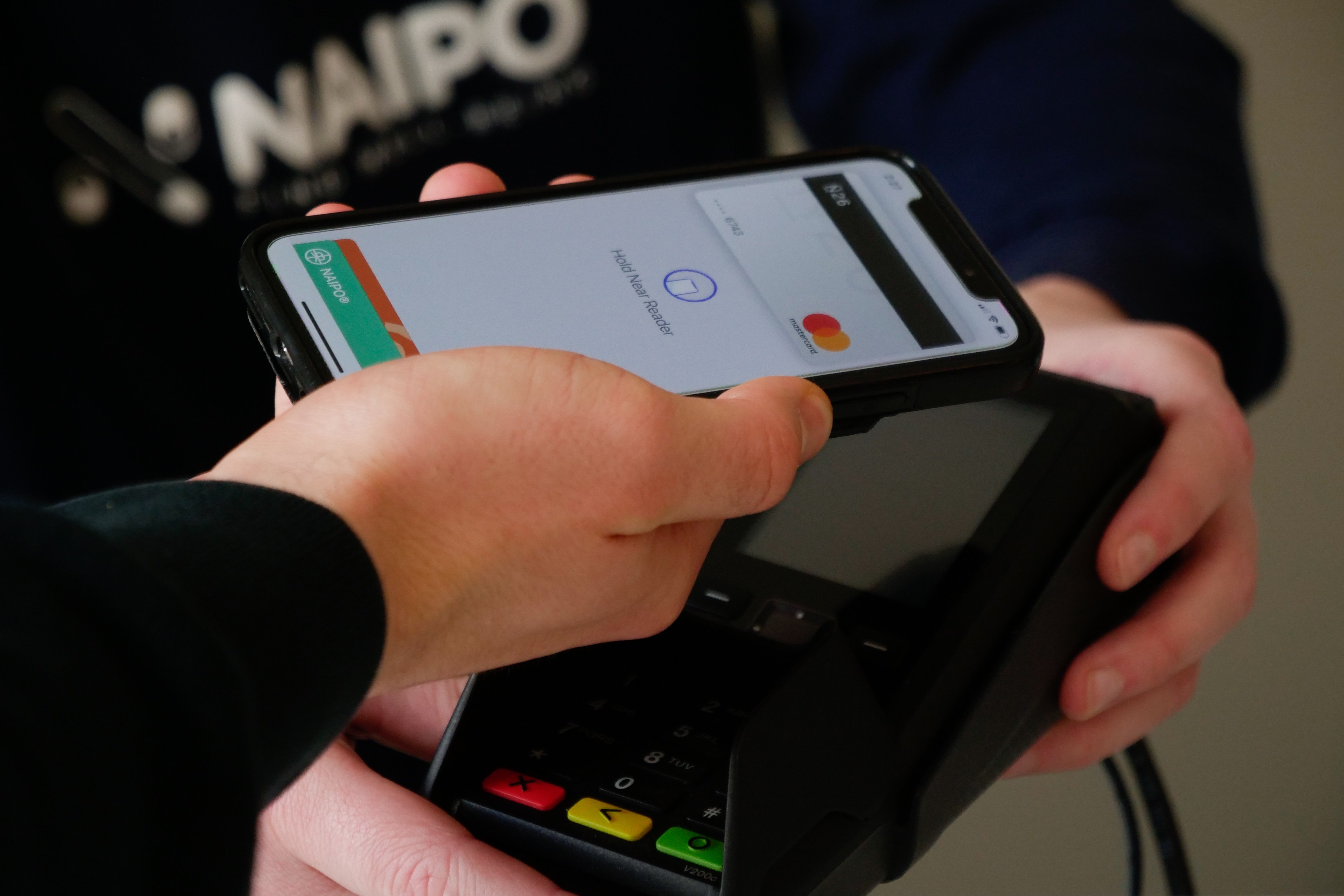AI and Fraud Prevention: How Machine Learning is Protecting Online Transactions
Explore how AI-powered solutions protect online transactions and get best practices for leveraging machine learning within Magento and Adobe Commerce.

Fraudulent transactions are among the most frustrating and expensive problems an online business can encounter. According to a 2017 report by LexisNexis Risk Solutions, every dollar of fraud costs eCommerce companies an average of $2.38 to $3.24, depending on their size. Smaller companies are especially vulnerable, with fraudulent transactions accounting for nearly half of their sales each month. To minimize financial risk, eCommerce businesses need to make fraud prevention their top priority.

Two basic types of eCommerce fraud exist. The first is called “friendly fraud.” In friendly fraud, the consumer makes a purchase but then disputes the charge. The consumer claims that he either received damaged goods or goods that didn’t match what he ordered. Alternatively, he may state that he never received the goods. In any of these cases, the merchant is then responsible for issuing a refund.
The second type is identity fraud. This occurs when a thief attempts to make a purchase using a stolen credit card. Sophisticated thieves can hack into a pre-existing database of customer information, change passwords on accounts, and then use address and credit card information to make unauthorized purchases. Identity fraud is hard to detect and often goes unnoticed by consumers who don’t check their card statements regularly.
For businesses engaging in eCommerce, fraud prevention is not optional. To comply with current PCI security standards and keep your online business safe, follow these 10 fraud prevention tips.
You know your business better than anyone, so stay vigilant. Always look at your accounts with an eye toward billing irregularities and customer addresses that don’t match shipping details. Keep an eye out for customers who utilize free email accounts, such as Yahoo or Gmail. Studies show that more fraud comes from free email than from paid accounts.
Being suspicious is a good way to detect fraud before it hits your bottom line. Always have customers provide a phone number during checkout. If a transaction is exceedingly high, call the customer to verify any aspects of the order that seem suspicious. This extra step takes time, but it can save you a lot of hassle later.
The Address Verification System, or AVS, compares the numeric portion of a billing address with the address on file at the credit card company. It’s a way of verifying the consumer’s physical address, which is an important step in any online transaction.
CVV, or Card Verification Value, is another key eCommerce fraud prevention tool. On the back of every credit card is a three-digit CVV code. Although usernames, addresses, and credit card numbers can all be stored in a database, CVV codes cannot. A customer must have the physical card in order to provide the CVV and complete the transaction. Requiring the CVV code is one of the most effective eCommerce fraud prevention measures.
Fake email addresses are notoriously hard to detect, so many eCommerce retailers are turning to email authentication that meets DMARC (Domain-based Message Authentication, Reporting, and Conformance) standards. Not only does the DMARC system prevent customers from opening a fake or damaging email link that appears to have been sent by your business, but it also prevents legitimate emails from being caught in a spam filter by mistake.
Verifying your customer’s IP address can also save time and money down the road. If the IP address is significantly different than the physical or shipping address, the transaction may be fraudulent. The same principle holds true for an IP address from a proxy server or web hosting company.
One simple tip that many online businesses swear by is setting limits for online transactions. It is always possible to set either a dollar limit or transaction limit per account per day. This minimizes your exposure in the event of a fraudulent transaction.
Many business owners diligently update their anti-virus protection at home but neglect to do the same for their business. Make sure any platforms and software used by your business are kept up-to-date, including virus and malware protection. Online merchants cannot trust free or consumer-strength software to do this job. To keep your company’s operating system current, you need business-grade anti-malware, anti-software, and anti-virus protection.
Utilizing an effective fraud protection service can make a huge difference in your company’s bottom line. An outside fraud protection company can review all business transactions, looking for elements of fraud that the untrained eye might miss. These services also offer a chargeback guarantee, meaning that if a customer pushes for a chargeback after completing a purchase, the fraud protection service may cover 100% of the cost.
Perhaps the most effective way of dealing with fraud online is to offer excellent customer service. With a very defined return policy and friendly customer service agents who seek to head off problems, customers can feel safe shopping at your online portal. Advertise your phone number clearly and in multiple locations. Don’t be afraid to talk directly with a consumer, just as you would in a brick-and-mortar store. When consumers feel confident, they are less likely to engage in fraudulent chargebacks.
Each of these 10 tips is vital. Staying alert and suspicious, taking advantage of CVV, AVS, and other authentication technologies, and keeping your software up-to-date with the help of a fraud protection service can go a long way toward reducing the stress and cost of a fraudulent transaction.
The experts at IronPlane believe that businesses thrive when eCommerce fraud prevention is a priority. Especially around the holidays, when online transactions skyrocket, an online business requires extra protection. If you have questions concerning possible security holes in your eCommerce platform, contact IronPlane today. We can effectively analyze your system and make recommendations for a much safer platform.

Explore how AI-powered solutions protect online transactions and get best practices for leveraging machine learning within Magento and Adobe Commerce.

The credit card and payment processing industry is pivotal in enabling businesses and consumers to efficiently and securely accept payments.

In this article you will learn 4 Ways Magento Payments Can Increase Your eCommerce Revenue in 2019.